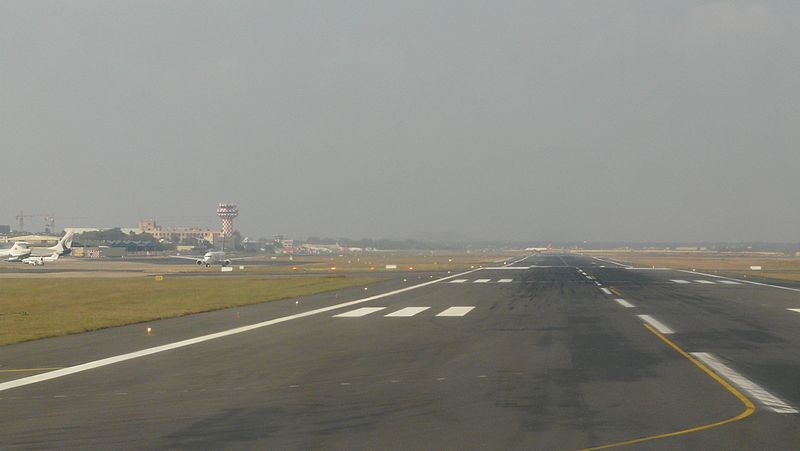
Chennai International Airport (MAA) in Tamil Nadu, India, has commissioned two new taxiways, ‘Romeo’ and ‘November’, to improve its operational capacity and ease of operations.
The Romeo taxiway is parallelly located to the primary runway while the November taxiway is parallel to the secondary runway.
Commissioning of the November taxiway is expected to lower the taxiing time, as well as fuel consumption.
The two taxiways will be used by aircraft that land from Guindy and Pallavaram ends of the runway, reducing the distance between flights that glide down for landing and take-off.
The opening of the two taxiways will help Chennai International Airport officials to clear the runway swiftly, after the landing of the aircraft.
It will also help the officials to manage more flights at the airport.
How well do you really know your competitors?
Access the most comprehensive Company Profiles on the market, powered by GlobalData. Save hours of research. Gain competitive edge.

Thank you!
Your download email will arrive shortly
Not ready to buy yet? Download a free sample
We are confident about the unique quality of our Company Profiles. However, we want you to make the most beneficial decision for your business, so we offer a free sample that you can download by submitting the below form
By GlobalDataAircrafts parked in the bays between the main runway and the second runway will be able to reach the terminals without obstructing aircraft on the main runway using parallel taxiways.
The construction works for these new taxiways began two years ago, and the extension of the Romeo taxiway to connect it to the Guindy end of the main runway was concluded in June.
This project has seen the construction of a taxiway with a length of 1970m, a width of 25m and 9.50m wide flexible shoulders.
An Air India aircraft from Delhi was the first flight to use these taxiways.
Additionally, some of the rapid exit taxiways are reportedly under construction, and the ‘Bravo’ taxiway straightening is nearing completion at the airport.
Upon completion of all these projects, it would be easier for the airport to handle air traffic after they reach pre-Covid-19 levels.







